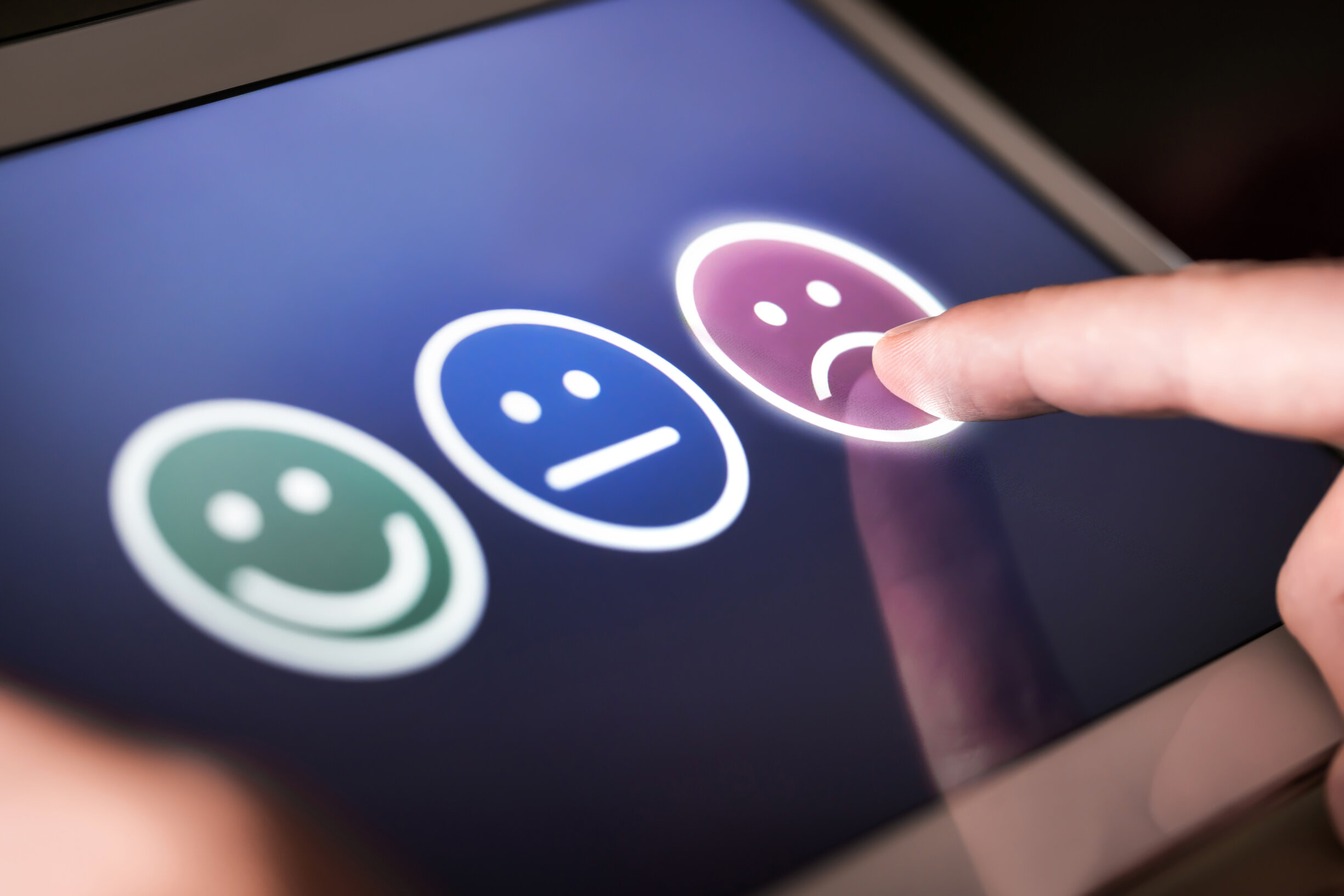Recently I read an article in the New York Times written by an economics professor at Dartmouth College, who commented on how the media focuses primarily on the negative coverage of COVID-19. He found evidence that when COVID cases were rising, the news media emphasized the increase. And when cases were falling, the media focused on places where cases were rising. The article went on to conclude that the reason for the focus on the negative is that media is giving people what they want.
Frankly, the fact that people gravitate toward the negative is not a surprise, nor is it a new concept. For decades, we have known that the brain searches for and locks in on the negative information, events, and feelings. There is an abundance of evidence suggesting that negative instances tend to be more influential than comparable positive ones (Baumeister et al., 2001). This negative bias applies to everyday and significant events, close relationship outcomes, interpersonal interactions, and even learning experiences (Jaffe & Greifendeder, 2020).
Want more tips to live a healthier and happier life? Check out Saundra’s latest book here.
In a well-known study by Kahneman and Tversky (1984), participants performed different tasks where they either lost or gained the same amount of money. The researchers noted that participants reported more distress about losing a certain amount of money than joy about winning the exact same amount.
The author of the article in the New York Times was partially right about why media is negatively focused. For example, in a series of experiments, participants were provided a series of statements that were framed either negatively or positively. For example, a negatively worded statement might be “20% of marriages are divorced within the first 10 years.” And the same statement framed positively was “80% of marriages last 10 years or longer” (Hilbig, 2009). After reading either a positive or a negatively framed version of each statement, participants were asked to judge whether the statement was true. The results indicated that a negatively prepared statement was more likely to be evaluated as genuine than the positively framed one (Hilbig, 2009).
Having an understanding of our negative bias may provide us with the insight to bring in more objectivity when we evaluate situations, events, and feelings. If we believe we might be seeing only the negative aspect of a situation, we can slow the judgment process down by taking a pause, giving us time to assess what we hear, see, or feel. Pausing allows us to ask questions such as, “Is there another way to view this situation?”, or “How do I know whether my conclusion is influenced by this bias?”. The next time you receive negative feedback or hear only the negative side of a situation, take a pause and consider another way to view the situation. If you would like an example of how you can incorporate this concept into your life, here’s an exercise that may help.
References
Baumeister, R. F., Bratslavsky, E., Finkenauer, C., & Vohs, K. D. (2001). Bad is stronger than good. Review of General Psychology, 5(4), 323–370. https://doi.org/10.1037//1089-2680.5.4.32310. 1037/1089-2680.5.4.323
Hilbig, B. E. (2009). Sad, thus true: Negativity bias in judgments of truth. Journal of Experimental Social Psychology. 45(4(, 983-986. https://doi.org/10.1016/j.jesp.2009.04.012
Jaffé, M. E., & Greifeneder, R. (2020). Negative is true here and now, but not so much there and then: On the impact of psychological distance on the negativity bias. Experimental Psychology.
Kahneman, D., & Tversky, A. (1984). Choices, values, and frames. American Psychologist, 39(4), 341–350. https://doi.org/10.1037/ 0003-066X.39.4.341



